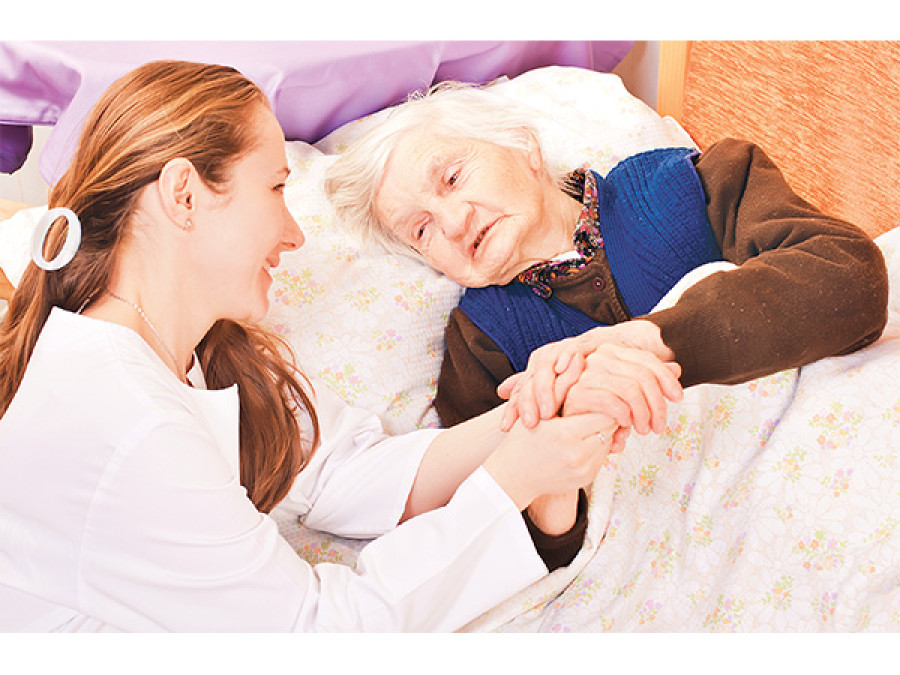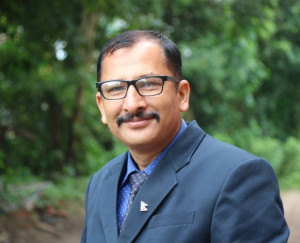Culture & Lifestyle
Doctor, Shut Up and Listen
A doctor’s ability to explain, listen and empathise has a profound impact on a patient’s care
Nirmal Joshi
The careful history Dr Martin took revealed that Betsy was taking an over-the-counter weight loss product that contained ephedrine. (I have changed their names for privacy’s sake.) When she stopped taking the remedy, her symptoms also stopped. Asked why she hadn’t mentioned this information before, she said she’d “never been asked.” Until then, her providers would sooner order tests than take the time to talk with her about the problem.
Betsy’s case was fortunate; poor communication often has much worse consequences. A review of reports by the Joint Commission, a nonprofit that provides accreditation to health care organisations, found that communication failure (rather than a provider’s lack of technical skill) was at the root of over 70 percent of serious adverse health outcomes in hospitals.
A doctor’s ability to explain, listen and empathise has a profound impact on a patient’s care. Yet, as one survey found, two out of every three patients are discharged from the hospital without even knowing their diagnosis. Another study discovered that in over 60 percent of cases, patients misunderstood directions after a visit to their doctor’s office. And on average, physicians wait just 18 seconds before interrupting patients’ narratives of their symptoms. Evidently, we have a long way to go.
Three years ago, my colleagues and I started a programme in Harrisburg designed to improve doctors’ communication with their patients. This large urban hospital system serves a city with a population of about 50,000, together with the surrounding metropolitan area of more than 550,000 people.
The hospital faces particular challenges: The city has a high poverty rate (32 percent, compared with the state average of 13 percent), and the metro area has a high rate of childhood obesity. Over all, nearly a third of people around Harrisburg are uninsured, compared with about one in 10 for the rest of Pennsylvania.
Our project started with a simple baseline assessment of how we as doctors communicated with our patients. Observation soon revealed that physicians introduced themselves on only about one in four occasions. And without an introduction, it’s no surprise that patients could correctly identify their physician only about a quarter of the time.
Brief, rushed physician encounters were common, with limited opportunity for questions. A lack of empathy was often apparent: In one instance, after a tearful patient had related the recent death of a loved one, the physician’s next sentence was: “How is your abdominal pain?”
We developed a physician-training programme, which involved mock patient interviews and assessment from the actor role-playing the patient. Over 250 physicians were trained using this technique. We also arranged for a ‘physician coach’ to sit in on real patient interviews and provide feedback.
Over the next two years, patient satisfaction with doctors, as measured by a standard questionnaire, moved the hospital’s predicted score up in national rankings by a remarkable 40 percentile points. Several studies have found a correlation between higher patient satisfaction scores and better health outcomes.
In one, published in The New England Journal of Medicine, Harvard health policy researchers reported that higher patient satisfaction was associated with improved outcomes for several diseases, including heart attacks, heart failure and pneumonia.
The need to train and test physicians in “interpersonal and communication skills” was formally recognised only relatively recently, in 1999, when the American Board of Medical Specialties made them one of physicians’ key competencies. Although medical schools and residency programmes then began to train and test students on these skills, once physicians have completed training, they are seldom evaluated on them. And doctors trained before the mid-1990s have rarely, if ever, been evaluated at all.
I realise that many colleagues may see methods like ours as too intrusive on their clinical practice and may say that they don’t have the time. But we need to move away from the perception that social skills and better communication are a kind of optional extra for doctors. A good bedside manner is simply good medicine.
A passionate diabetes specialist told me how she sat down with a patient to understand why he was not using his diabetes medications regularly, despite numerous hospital admissions for complications.
“I can’t continue to do this anymore,” he told her, on the verge of tears. “I’ve just given up.”
She placed a hand on his shoulder and just sat with him. After a pause, she said: “You have a heart that still beats, and legs you can still walk on—many of my patients don’t have that privilege.”
Five years later, recalling this episode, her patient credits her with inspiring him to take better care of himself. The entire encounter took less than five minutes.
—©2015The New York Times




 10.12°C Kathmandu
10.12°C Kathmandu


.jpg&w=200&height=120)












